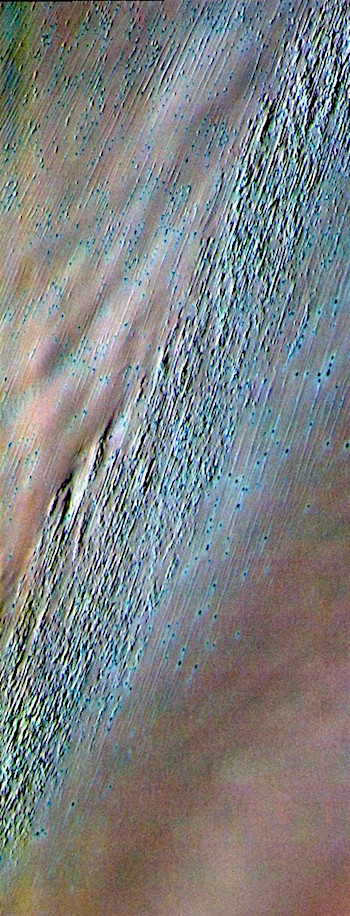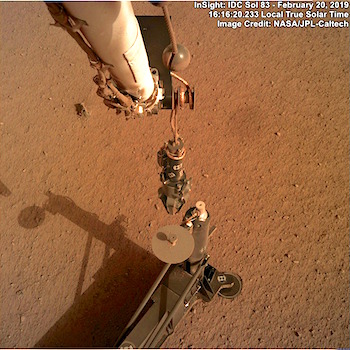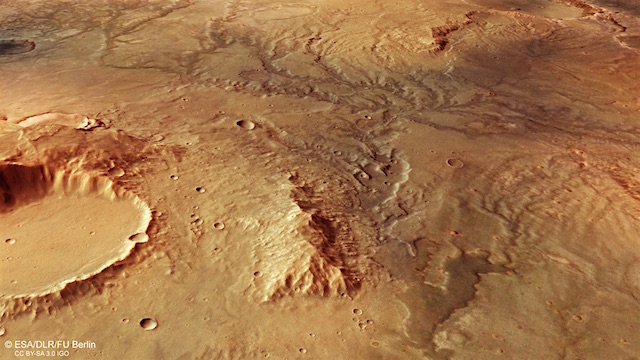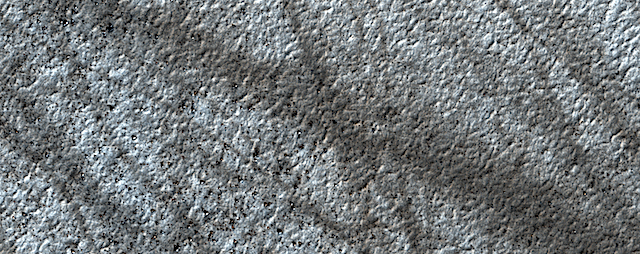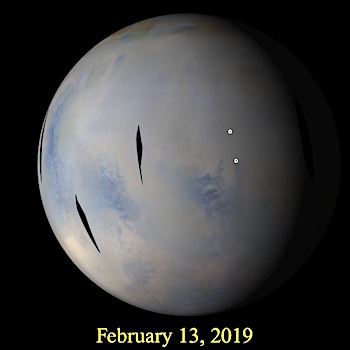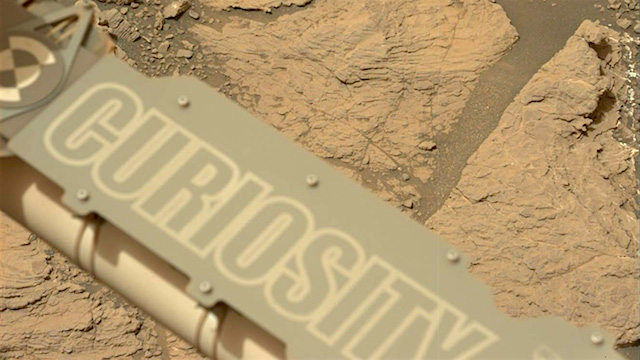 NASA’s Curiosity rover is busy making new discoveries on Mars. The rover has been climbing Mount Sharp since 2014 and recently reached a clay region that may offer new clues about the ancient Martian environment’s potential to support life.
NASA’s Curiosity rover is busy making new discoveries on Mars. The rover has been climbing Mount Sharp since 2014 and recently reached a clay region that may offer new clues about the ancient Martian environment’s potential to support life.
Curiosity encountered a hurdle last Friday, when a hiccup during boot-up interrupted its planned activities and triggered a protective safe mode. The rover was brought out of this mode on Tuesday, Feb. 19, and is otherwise operating normally, having successfully booted up over 30 times without further issues. (…).
“We’re still not sure of its exact cause and are gathering the relevant data for analysis,” said Steven Lee, Curiosity’s deputy project manager at NASA’s Jet Propulsion Laboratory in Pasadena, California. JPL leads the Curiosity mission. “The rover experienced a one-time computer reset but has operated normally ever since, which is a good sign,” he added. “We’re currently working to take a snapshot of its memory to better understand what might have happened.”
Out of an abundance of caution, Lee said, science operations will remain on hold until the issue is better understood…. [More at link]
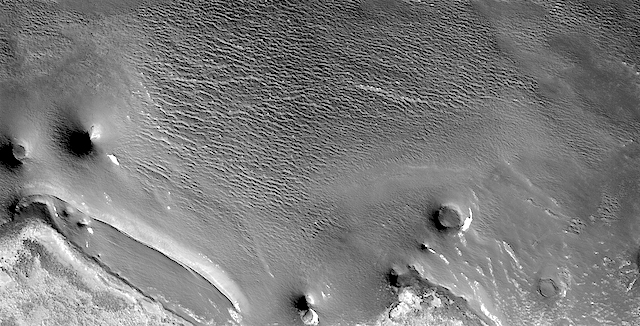 Rupes Tenuis. While it may sound like a medical condition, Rupes Tenuis is actually a scarp in the north polar region. We took this image to track any changes from a 2012 observation. (The name is Latin for “thin cliff”.)
Rupes Tenuis. While it may sound like a medical condition, Rupes Tenuis is actually a scarp in the north polar region. We took this image to track any changes from a 2012 observation. (The name is Latin for “thin cliff”.)








